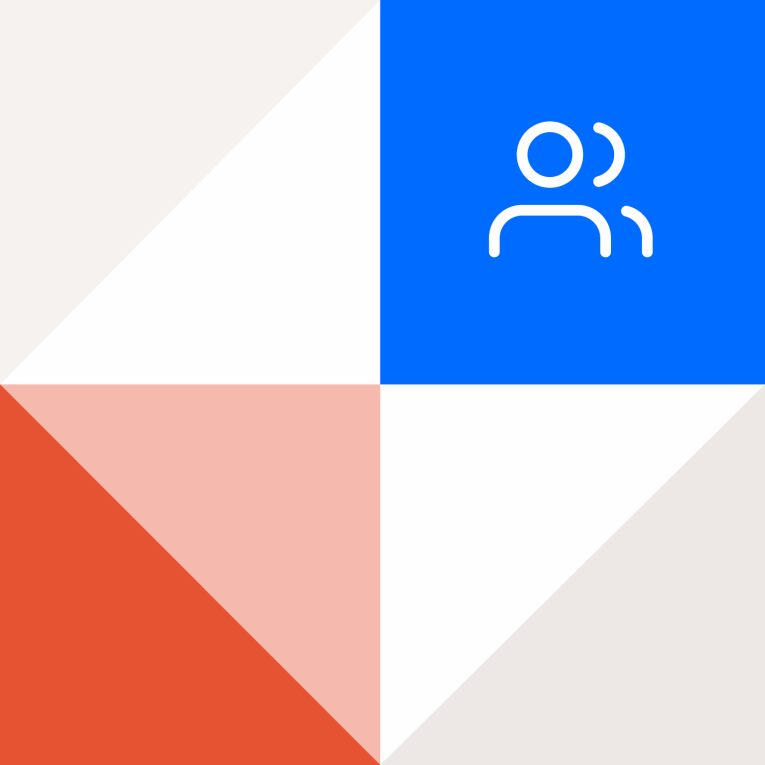The Difference Between UX & UI Design
In addition to understanding how a design element looks and feels on a page, think about the following:
- How will the user interact with the element?
- How can the visual design enhance this interaction?
- How does the experience of individual elements influence the experience of the product or website as whole?
This is how UX & UI come together. While they are very similar practices, both taking into consideration the psychology of users, the difference between UX and UI design is this:
- UX design is the way the experience feels to the user.
- UI design is the aesthetic of the elements the user interacts with.
Both are critical to website & app development and design. And that is why being a part of that user-research process allows the visual designer to reflect on those goals sooner than later and ensure they are focusing on the right elements of a design.
Let's go deeper in to the UX & UI process. A sort of checklist to cover as you go through your website development, design, or re-design project:
Understanding Users
While visual design focuses on branding, beauty, and first impressions, UX focuses more on why a user would be using a website in the first place. Understanding who the users are, what they want/need, and how they might react to certain elements or features of a site allows a designer to create a straightforward experience that keeps users engaged as well as serves their needs.
When it comes to user research, there are tons of different methods. User personas are a powerful tool that both UX and visual designers can benefit from. Researching and determining actual user needs and designing realistic use-case scenarios creates a deeper understanding of what the visual design needs to accomplish. With that knowledge, you can have more meaningful conversations when talking to clients or teammates about design choices.
Understanding Accessibility Needs
Something that resonates deeply is Anne Gibson's idea that "Websites are software that help people accomplish their goals, regardless of the hardware and software combination, regardless of the shapes and forms of their people. That is accessibility."
In visual design, it's easy to forget about the array of potential end users and their varied needs, but it's important visual designers are also able to answer questions like:
- Is the element or interaction accessible?
- Will this work for my user?
- Will this help my user accomplish their goals?
In the earliest stages of a design process, understanding user goals and determining how to help those users accomplish these goals will be reflected in the UX design process, which is then communicated to the visual designer.
These concepts can easily get lost in the design process, and it's even easier to get wrapped up in colors, fixated on certain animations, or depend on images to serve the consumer. But, ultimately, these things only matter if the end user can easily use them to accomplish their goals.
UX Design & Visual Design (UI): Hand in Hand
In this article, we are not discussing traditional graphic design vs UX design. We are looking at how any visual designer (so, yes, including graphic designers for web) can and must have their place in user interface (UI) design in today's world. And for that to happen, they must be included in the user experience (UX) design process.
Basically what we are saying is that UX & UI design are not the same. But, they do go hand-in-hand.
Visual designers are constantly trying to keep up with new trends in design, composition, and style, and UX designers are constantly adapting to new types of software and user needs and expectations. When visual and UX design are combined early on in a project, a shared language is formed, and a mutual understanding of the users and their end goals emerges, which makes for a better all-around experience for both users and designers.
If you want to create the best website, app, or digital experience that you can, then you need UX and UI design working together in the process. Ready to up your website experience AND visual appeal? We can help. Reach out and let's start the conversation.
